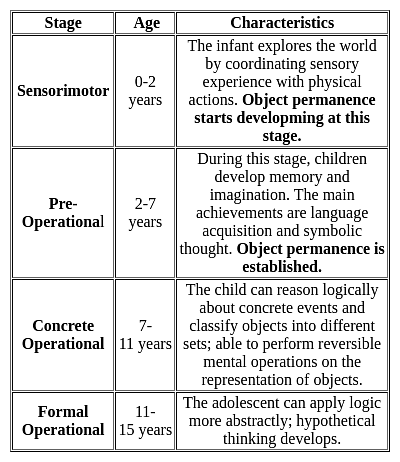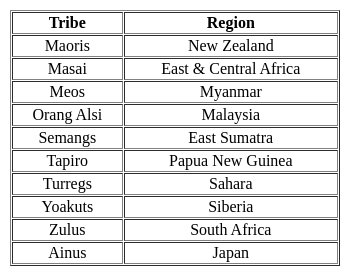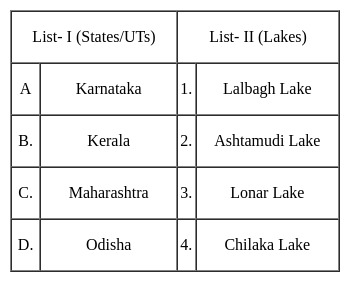KVS TGT Social Science Mock Test - 6 - KVS PGT/TGT/PRT MCQ
30 Questions MCQ Test - KVS TGT Social Science Mock Test - 6
| 1 Crore+ students have signed up on EduRev. Have you? Download the App |
व्याकरण की दृष्टि से दिए गए वाक्य के किस भाग में अशुद्धि है?
मैं दो घंटे से आपकी प्रतीक्षा देख रहा था।
Three out of the four alternatives are same in a certain way and so form a group. Find the odd one that does not belong to the group.
'Calf' is related to 'Cow' in the same way as 'Kitten' is related to:
A laser printer
(i) gives a better quality printout compared to inkjet printer
(ii) is less expensive than an inkjet printer
(iii) is more expensive than a dot matrix printer
(iv) gives a better quality printout compared to dot matrix printer
When integrating MS Word and Excel, the Word is usually the
The role of teacher as a community of learners is/are:
Mass Media is becoming a very important agency of socialization. Which one of the following is the most appropriate statement?
Baby Bhavya starts to look for her toys which was hidden by her mother. In which stage of development does Bhavya lies?
Which of the following statements are correct?
Statements:
I. Olympe de Gouges was an important woman political figure in the French Revolution.
II. In 1790, she prepared the Declaration of the Rights of Woman and of the Citizen.
III. She was executed by National Convention.
Which of the following aspects are included in the structure of rocks?
A. Volume and temperature
B. Orientation and inclination of beds
C. Chemical susceptibility of mineral constituents
D. Bedding planes
Which of the following statement is/are not true for the green revolution in India?
(A) Green Revolution ensured that there was no regional disparity.
(B) Green Revolution ensured increased productivity among selected crops.
(C) Green Revolution ensured uniform earnings among all farmers.
(D) Green Revolution ensured mechanization in farms.
Choose the correct answer from the options given below:






















